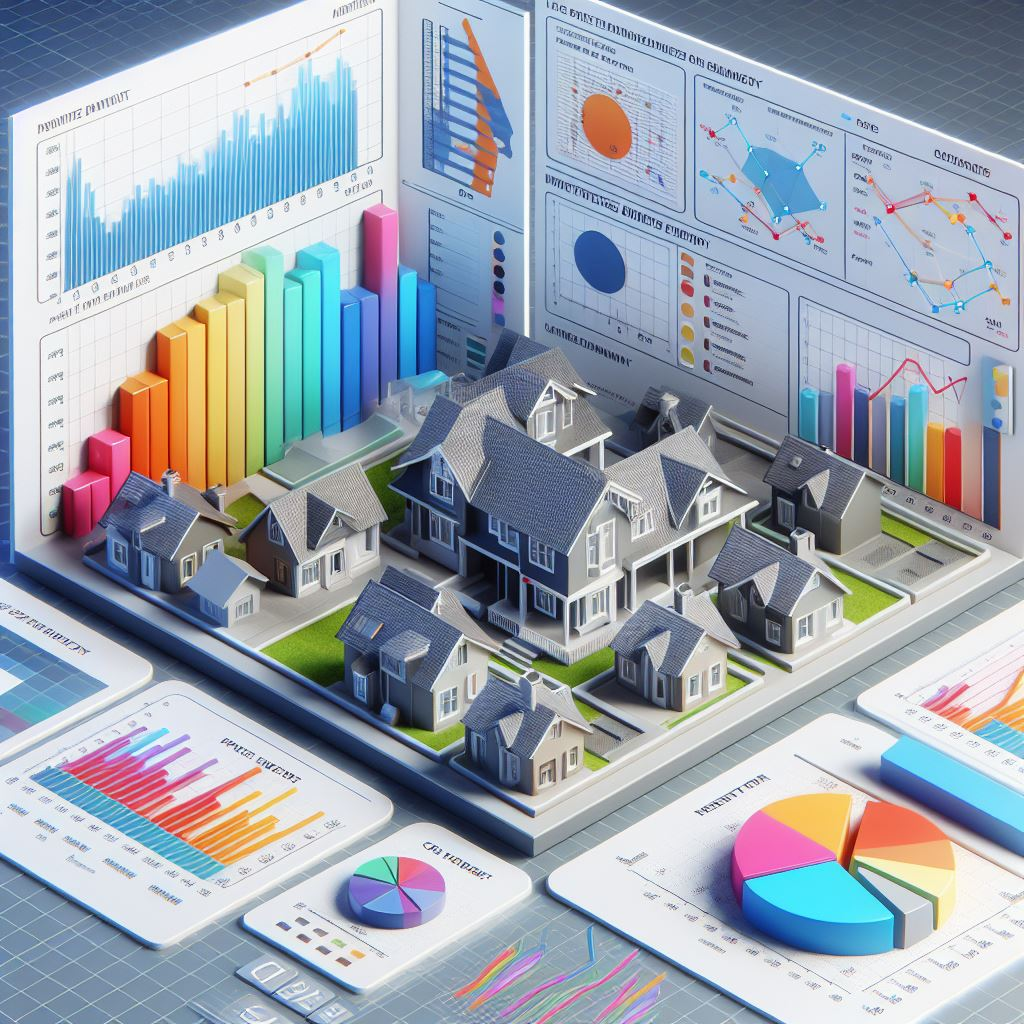Introduction
John Doe is a seasoned real estate analyst with over a decade of experience in studying urban development patterns and real estate trends. His expertise lies in dissecting complex market data and translating it into actionable insights. His work has been instrumental in shaping urban policies and has guided countless city residents in making informed real estate decisions.
Understanding the Pulse of the City
The pulse of the city is a metaphor for the underlying real estate trends that dictate the rhythm of urban life. These trends influence everything from the cost of living and the quality of local schools, to the success of businesses and the availability of public services. Understanding this pulse is crucial for anyone invested in the city – physically, financially, or emotionally.
Current Real Estate Trends
The real estate landscape is currently being shaped by several key trends. Mixed-use developments are on the rise, combining residential, commercial, and recreational spaces into single, self-contained units. Sustainable design is becoming a standard, not a luxury, with more buildings incorporating energy-efficient features and environmentally friendly materials. And technology is revolutionizing the way we buy, sell, and manage property.

Impact of Real Estate Trends on City Residents
For city residents, these trends are more than just headlines; they’re factors that directly impact their daily lives. The rise of mixed-use developments means residents can live, work, and play without ever leaving their neighborhood. Sustainable design is leading to lower utility bills and healthier living environments. And thanks to technology, tasks like paying rent or scheduling repairs can now be done with a few taps on a smartphone.
Implications for Local Policymakers
For local policymakers, these trends present both challenges and opportunities. The shift towards sustainable design calls for updated building codes and incentives for green construction. The rise of mixed-use developments may require changes in zoning laws and a rethinking of public services. And as technology continues to evolve, policymakers will need to address issues like data privacy and cybersecurity.
What Community Leaders Need to Know
Community leaders have a vital role to play in shaping the city’s future. By understanding these real estate trends, they can advocate for policies that support sustainable development, promote affordable housing, and ensure that the benefits of urban growth are shared equitably among all residents.
Looking Ahead: Predicted Real Estate Trends
Looking ahead, several emerging trends are poised to shape the future of urban real estate. Smart home technology is becoming standard in new constructions, offering residents unprecedented control over their living environments. Co-living spaces are gaining popularity among young professionals and creatives, offering affordable, community-oriented alternatives to traditional housing. And as the urgency of the climate crisis grows, the focus on sustainability in real estate is only expected to increase.
Conclusion: Navigating the City’s Real Estate Landscape
In conclusion, understanding the pulse of the city requires a deep understanding of the real estate trends shaping our urban landscape. Whether you’re a city resident, a local policymaker, or a community leader, staying informed about these trends can help you make better decisions and contribute to the creation of vibrant, sustainable, and inclusive cities.
Table: Key Real Estate Trends
| Trend | Description | Impact |
|---|---|---|
| Mixed-Use Developments | Combines residential, commercial, and recreational spaces | Reshapes neighborhoods, offers convenience |
| Sustainable Design | Emphasizes energy efficiency and environmental impact | Reduces environmental footprint, lowers energy costs |
| Technology in Real Estate | Includes smart home technology and digital transactions | Streamlines property management, enhances living experience |



